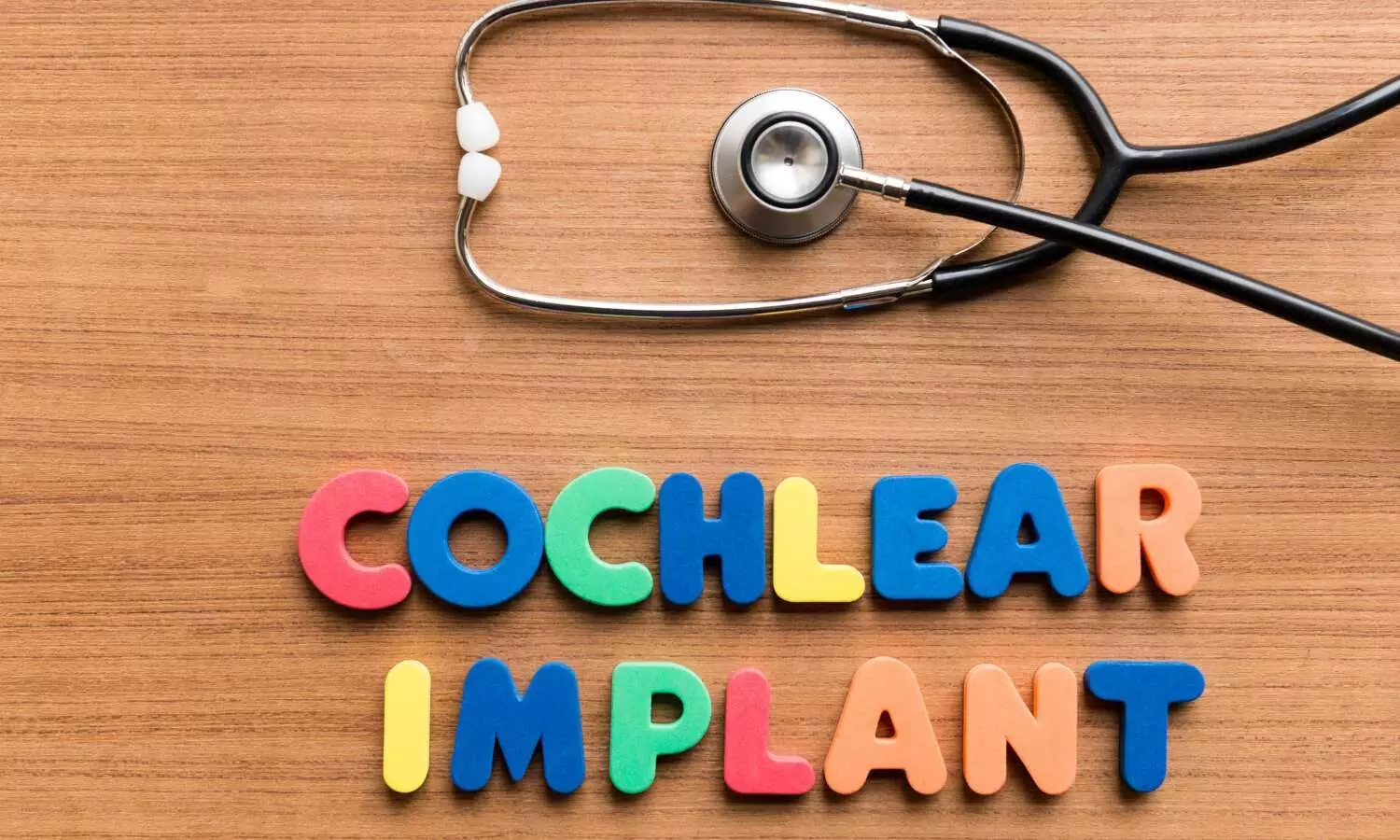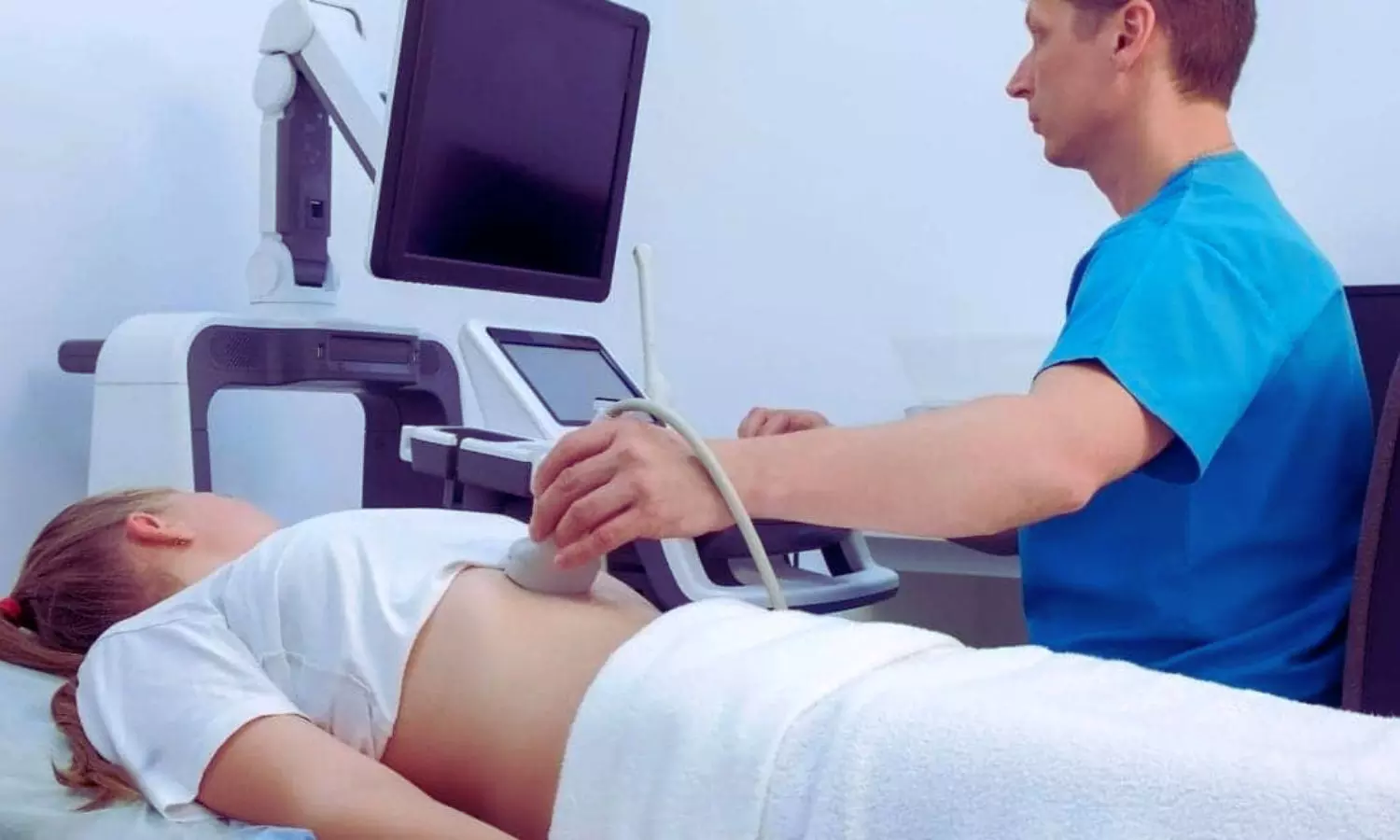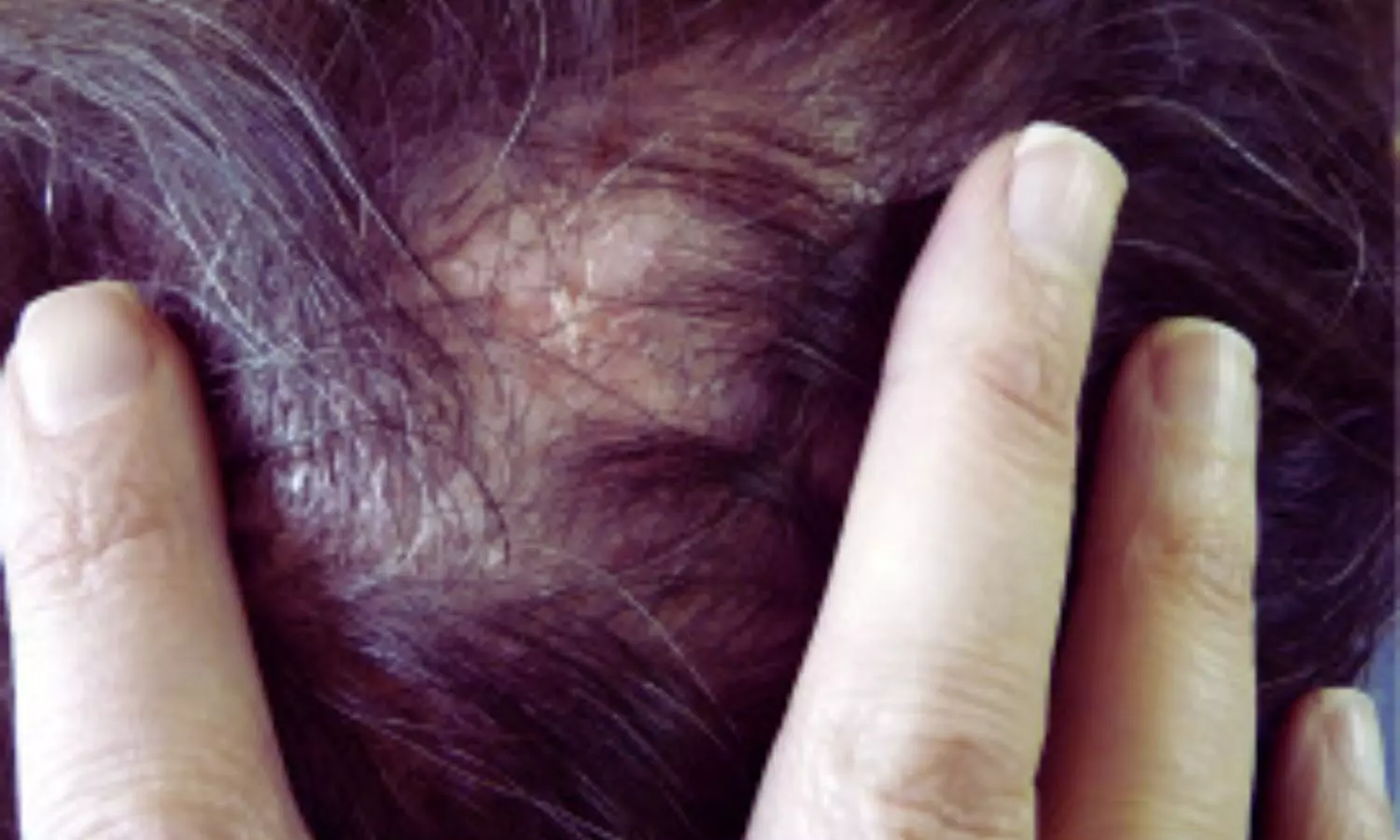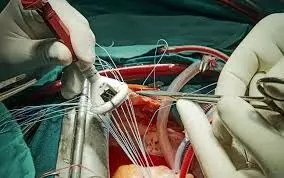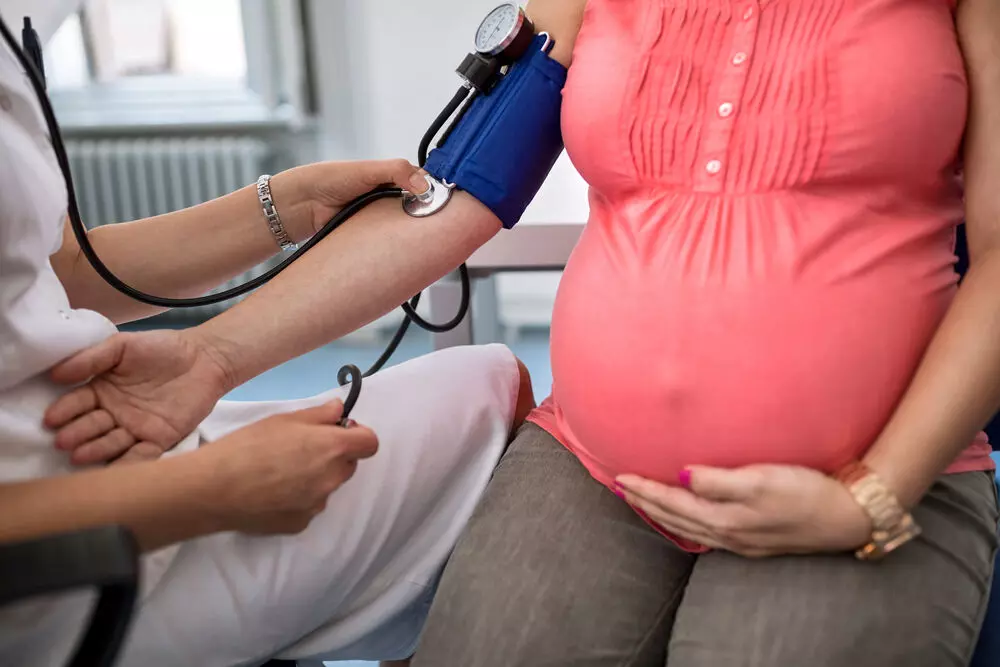Higher TyG-BMI Increases Risk of Developing Multiple Cardio-Renal-Metabolic Conditions: Study Finds

China: A recent study published in Cardiovascular Diabetology highlights the significant role of the triglyceride glucose-body mass index (TyG-BMI) in the development and progression of cardio-renal-metabolic (CRM) multimorbidity. The large-scale study involving 349,974 individuals revealed a significant association between TyG-BMI and the onset and progression of CRM multimorbidity.
“Multivariable analysis indicated that for every standard deviation increase in TyG-BMI, the risk of developing one, two, or three CRM conditions rose by 32%, 24%, and 23%, respectively, over 14 years. These findings suggest that TyG-BMI could serve as a valuable marker for the early detection of CRM diseases,” the authors reported.
Cardio-renal-metabolic multimorbidity, involving cardiovascular, renal, and metabolic disorders, poses major healthcare challenges. Identifying predictive markers is crucial for early intervention and better disease management. While TyG-BMI has been linked to cardiovascular outcomes, its role in the progression of CRM multimorbidity progression remains unclear. Previous studies were limited by small sample sizes and overlooked the competitive effects of other CRM conditions.
Xuerui Tan, Department of Cardiology, The First Affiliated Hospital of Shantou University Medical College, Shantou, Guangdong, China, and colleagues aimed to address these gaps by analyzing a large UK Biobank cohort of nearly 350,000 individuals using a multi-state model to assess the impact of TyG-BMI on CRM multimorbidity progression.
For this purpose, the researchers utilized data from the large-scale, prospective UK Biobank cohort. CRM multimorbidity was defined as the onset of ischemic heart disease, type 2 diabetes mellitus, or chronic kidney disease during follow-up.
Multivariable Cox regression was applied to assess the independent association between TyG-BMI and each stage of CRM multimorbidity (first, double, or triple CRM diseases). The C-statistic evaluated model performance, while a restricted cubic spline analyzed the dose–response relationship. A multi-state model further examined the progression of CRM multimorbidity, tracking transitions from no CRM disease to the first, double, and triple CRM conditions with disease-specific analyses.
The key findings of the study were as follows:
- The study included 349,974 participants with a mean age of 56.05 years (SD: 8.08), of whom 55.93% were female. Over a median follow-up of 14 years, 56,659 (16.19%) participants without baseline CRM disease developed at least one CRM condition.
- Among them, 8,451 (14.92%) progressed to double CRM disease and 789 (9.34%) further developed triple CRM disease.
- Each SD increase in TyG-BMI was linked to a 47% higher risk of the first CRM disease, a 72% higher risk of double CRM disease, and a 95% higher risk of triple CRM disease, with C-statistics of 0.625, 0.694, and 0.764, respectively.
- Multi-state model analysis indicated a 32% increased risk of new CRM disease, a 24% increased risk of progression to double CRM disease, and a 23% increased risk of further progression.
- TyG-BMI showed a significant association with the onset of all individual first CRM diseases, except for stroke, and with the transition to double CRM disease.
- Significant interactions were observed, but TyG-BMI remained independently associated with CRM multimorbidity across subgroups.
- Sensitivity analyses, including variations in time intervals and an expanded CRM definition (incorporating atrial fibrillation, heart failure, peripheral vascular disease, obesity, and dyslipidaemia), reinforced these findings.
“TyG-BMI significantly influences the onset and progression of CRM multimorbidity, making it a valuable marker for the early identification of high-risk individuals. Its integration into prevention and management strategies could help reduce the burden of CRM multimorbidity and improve long-term health outcomes,” the authors wrote.
“Further research is needed to explore its applicability across diverse populations and its potential role in clinical practice and public health policies,” they concluded.
Reference:
Tang, H., Huang, J., Zhang, X. et al. Association between triglyceride glucose-body mass index and the trajectory of cardio-renal-metabolic multimorbidity: insights from multi-state modelling. Cardiovasc Diabetol 24, 133 (2025). https://doi.org/10.1186/s12933-025-02693-w
Powered by WPeMatico


